Welcome to issue 66 of the Call to Comms! This week, we're happy to have Sebastien, from TSF's IT team, sharing his experience and insights on what technology in humanitarian action can look like.
Meet Sebastien, ICT specialist at TSF, on his experience and technology in humanitarian action
Sebastien has been an ICT specialist at TSF for 3 years: he describes his job as having “two main parts: [supporting] IT at the HQ, in charge of all the infrastructure and the tools”, which he associates to “pretty much what you would imagine of the IT guy who would fix the printer every other week”. “And then the other part of the job is [being] in charge of all the technical tools when we are on the field and during the missions.”
Adapting technical solutions to people’s needs
In an example that Sebastien describes as “representative of the evolution of technology, because LTE 4G is available in more and more places”, he recalls a project in Romania in 2022.
It was at the start of the Ukraine war, with millions of people fleeing the country, many of them through long bus rides with no way to reach out their loved ones or find information on the way. “We had to provide mobile connectivity and we used 4G for that. We use some routers that were installed in the buses to distribute the connectivity while the bus was moving.”
What was the difficulty? “The challenge was that these buses were going from Moldova to Romania. So we had to install equipment that would be able to work on both networks. That's something we never did before. But we just found the right equipment, we configured it, we deployed it and it's been a success. So that's another example of adaptability of our solutions.”
The evolution of technology in humanitarian action
It's in the nature of technology to evolve and improve. In the world of ICTs, this evolution is very quick and it has of course implications on the humanitarian sector. Sébastien shared his views with us on this topic:
“Technology will be more and more present everywhere because that's the general trend in the world. In [humanitarian action], with the latest technology, you can have broadband everywhere. If people get used to having broadband, all the [technical] tools will just assume that they can have this broadband connection and the developers of the newer solutions [won’t design it to work with a slow connection]. In a disaster, there will be limited connectivity because that's how it works. And so people will realize that their tools cannot work the way they assume it would work.”
Technology indeed bring efficient means in several ways to the humanitarian sectors, but in emergency contexts, you have to deal with the conditions of the field:
“Older technology [is] battle tested. Many emergencies happened with only these technologies, the veterans of humanitarian action still know how to operate with these conditions, and we still know how to set them up and maintain them. You have more chances to find them locally because they might be refurbished or second hand. If you need to leave them behind for people to maintain them, if they need to fix it after you leave, they still can find the spares locally. We had some capacity building projects where we would provide equipment to the teams. We wanted to teach them how to use it the old way because these are skills that they may be able to use with our equipment or other equipment that they find locally.”
He concludes:
“Our action is not to provide technology for the sake of it. It needs to be part of something more global, where we need to find the right balance and the best way to provide the best solution adequate to each project.”
If you want to listen to Sebastien share his experiences and insights, including the challenges in the humanitarian sector and the time where he found himself stuck under a cyclone in Madagascar, click here:
“Most of the humanitarians are used to coming after [a cyclone]. But being under, it was quite new for us. It's been a bit scary, but it's been interesting as well because we had to completely change the shift of the mission for 24 hours. We had to provide emergency communications during a disaster and not after a disaster.”
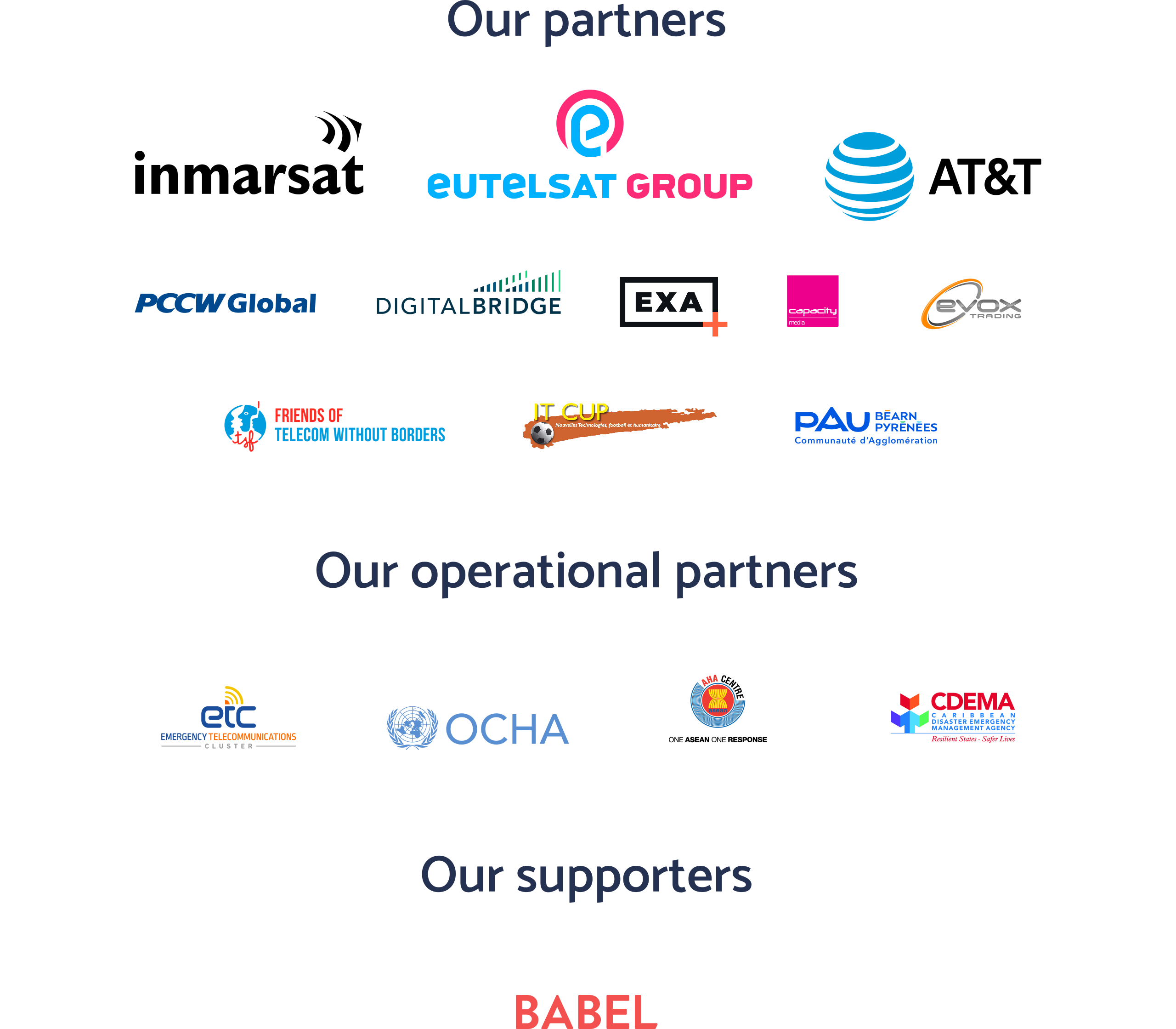
See you next week!


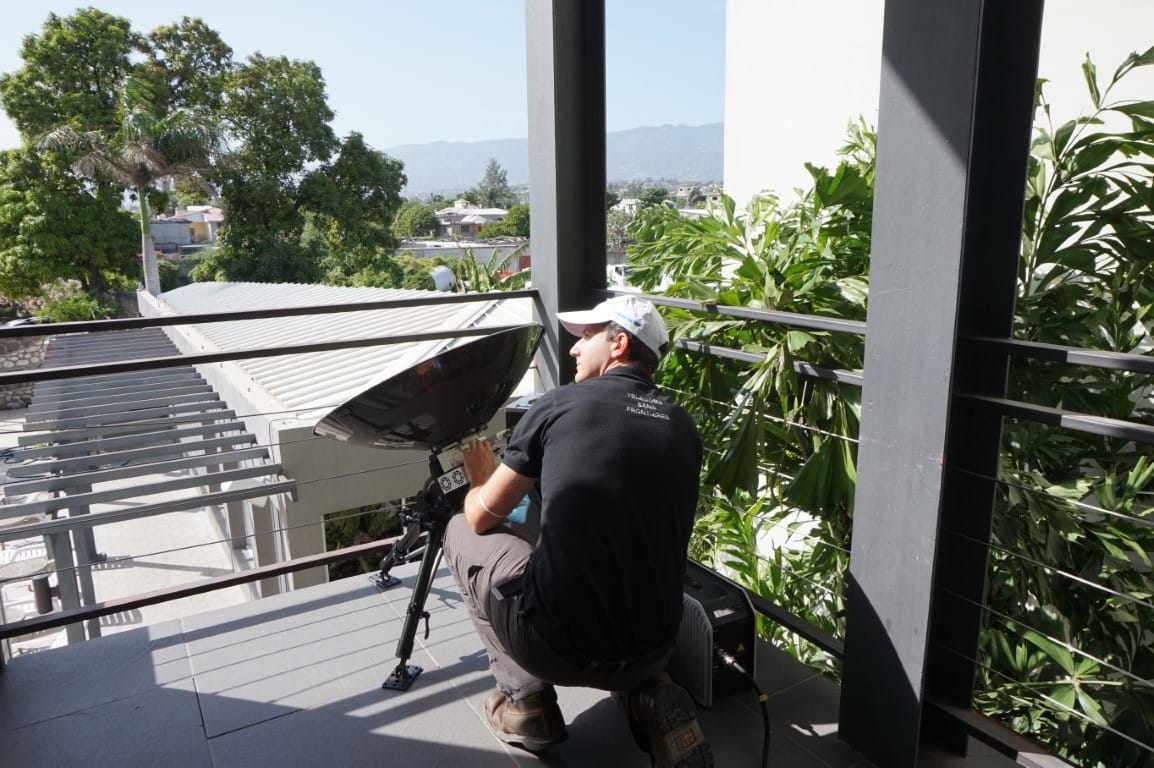
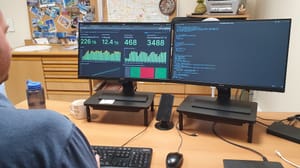
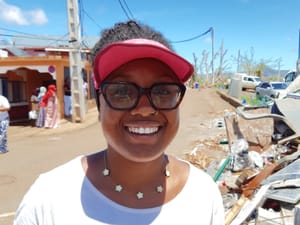
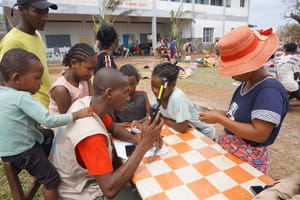
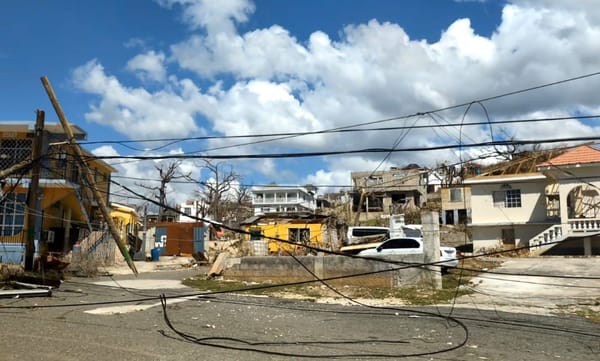


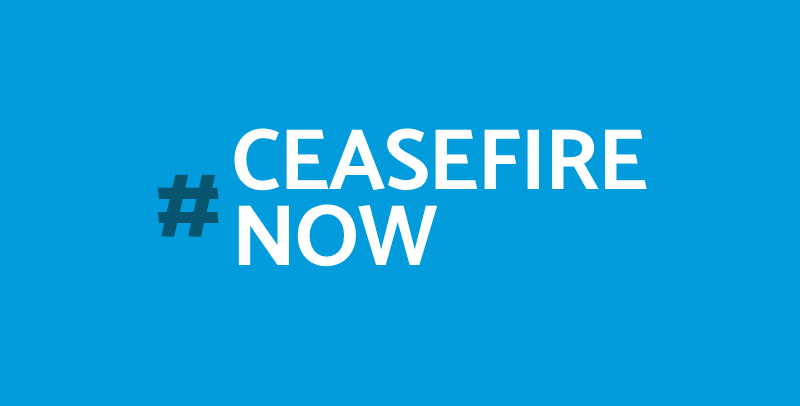
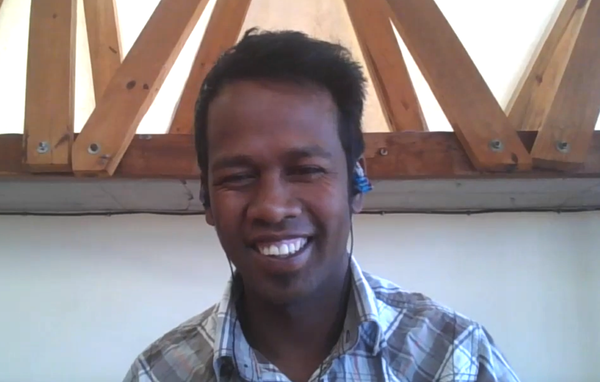
Member discussion